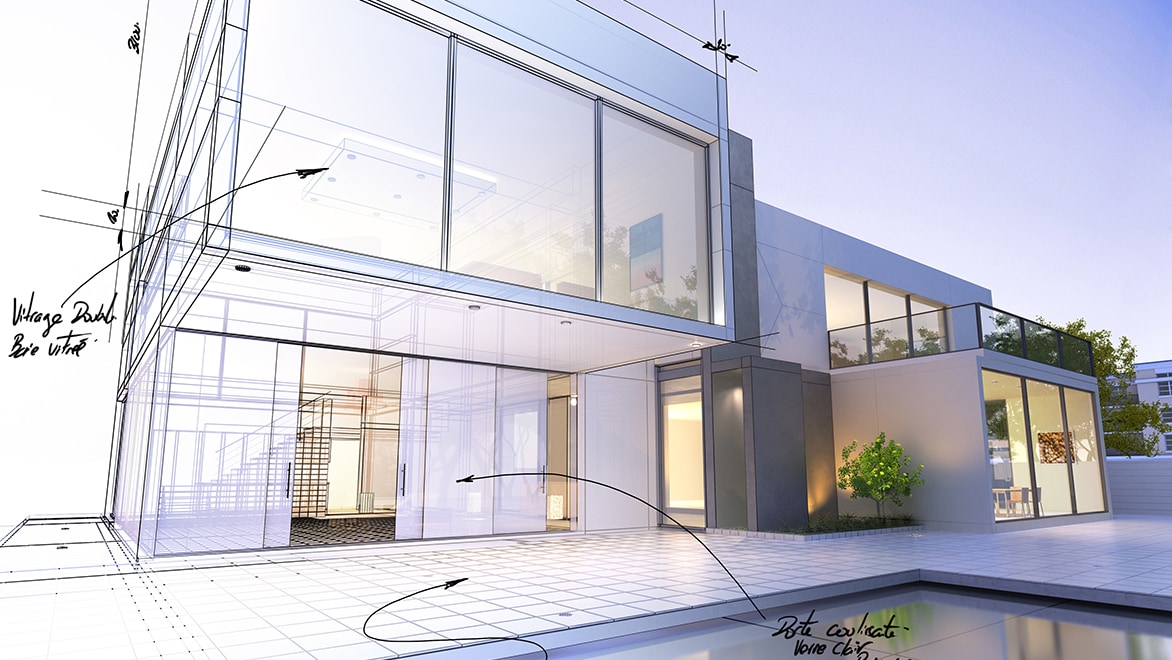Raise Your Building Design with the Competence of CDA Architects
Raise Your Building Design with the Competence of CDA Architects
Blog Article
Understanding the Collaborative Process Between Architects and Designers in Modern Building And Construction Projects
The collective process between engineers and designers is crucial in modern-day building projects, as it balances style intent with engineering usefulness. Exploring these dynamics reveals understandings that can substantially affect project results and total sector requirements.
The Importance of Collaboration
The collective harmony between designers and designers is important for the successful realization of any kind of building task. This collaboration unites unique know-how and perspectives, enabling the assimilation of ingenious style with sensible engineering remedies. By collaborating, architects and designers can make certain that a project not only satisfies visual and practical requirements however likewise complies with safety and security, sustainability, and monetary restraints.
Collaboration fosters a common vision, assisting in the positioning of objectives and assumptions from the start. This positioning is essential in dealing with potential obstacles and mitigating threats that might emerge during the project lifecycle. Additionally, a collaborative technique allows for the efficient allocation of sources, enhancing both time and price.
The importance of partnership encompasses the repetitive process of style and construction, where responses from engineers can notify building choices, leading to even more possible and lasting styles. Conversely, designers can motivate engineers to assume artistically regarding how to accomplish structural stability without compromising imaginative intent. Ultimately, the collaborative relationship in between architects and designers is not merely helpful; it is fundamental to the development of premium, practical, and cutting-edge built atmospheres that meet the demands of society.
Interaction Methods and Tools
Efficient interaction methods and tools are crucial for cultivating cooperation in between designers and engineers throughout the task lifecycle. Developing clear channels of interaction is necessary to guarantee that all group participants are lined up with task objectives, timelines, and obligations. Regular meetings, both in-person and digital, supply possibilities for stakeholders to go over progression, address concerns, and make informed choices.

Additionally, taking on collaborative interaction devices, such as Slack or Microsoft Teams, enables instantaneous messaging, data sharing, and recurring conversations, advertising an extra nimble response to arising problems. Record management systems likewise play a critical role in organizing task documentation, making sure that all staff member have accessibility to the current info.
Shared Goals and Job Vision
A linked project vision works as the structure for effective partnership between engineers and engineers (cda architects). This common vision not just lines up the initiatives of both celebrations yet also establishes a common framework for decision-making throughout the project's lifecycle. By expressing clear objectives, stakeholders can properly browse the intricacies of modern-day building and construction jobs, making sure that both aesthetic and functional requirements are satisfied
Establishing common objectives entails open dialogue and a comprehensive understanding of each discipline's contributions. Designers generally concentrate on design intent, spatial connections, and user experience, while engineers stress structural stability, systems performance, and compliance with policies. When these perspectives are straightened, the result is a cohesive job that abides by both imaginative aspirations and technological visit site feasibility.
In addition, a distinct job vision cultivates responsibility among employee, urging each participant to take possession of their duty in accomplishing the preferred end result. Routine check-ins and joint workshops can better reinforce this commitment, permitting adjustments to be made as the project evolves. Eventually, a common vision not just enhances teamwork however additionally boosts the high quality of the last deliverable, causing effective project conclusion.
The Role of Innovation
Leveraging technology has actually become essential in improving collaboration in between architects and engineers. Structure Info Modeling (BIM) stands out as a pivotal innovation, enabling both architects and engineers to produce detailed 3D versions that envelop layout intent and structural stability.
Moreover, cloud-based systems enable seamless collaboration, enabling project stakeholders to access and upgrade job information from anywhere. This fosters a culture of openness and liability, as changes can be tracked and reviewed in real-time. In addition, mobile applications additional improve interaction, supplying on-site teams with prompt accessibility to job specs and updates.
Arising innovations such as synthetic knowledge and equipment understanding are also starting to contribute in predictive evaluation, aiding teams recognize possible concerns prior to they arise. Inevitably, the function of technology in architecture-engineering partnership not just improves process efficiencies yet likewise improves development, leading to even more successful task end results. By embracing these technical advancements, architects and designers can guarantee a much more natural and efficient collaborative procedure throughout the building and construction lifecycle.
Instance Studies in Effective Collaborations
Numerous case studies illustrate the profound influence of reliable partnerships in between engineers and designers on task results. One significant example is the cooperation on the High Line in New York City City, where landscape designers, engineers, and metropolitan coordinators collaborated to transform a deserted railway into a vibrant public park. This multidisciplinary approach not only enhanced the visual high quality however also ensured structural security and environmental sustainability.

The Burj Khalifa in Dubai further shows the relevance of joint efforts - cda architects. The combination of design and design know-how allowed the task team to accomplish unprecedented heights while visit this website adhering to security laws and visual vision
These examples emphasize the importance of communication, trust fund, and shared goals. In today's complex building atmosphere, such collaborations are vital to navigating difficulties and supplying tasks that fulfill both useful and visionary goals.
Verdict
In final thought, the partnership between engineers and designers is vital for the success of modern-day building and construction tasks. Efficient interaction methods, a shared task vision, and the combination of sophisticated technologies are vital components that facilitate this collaboration.
Report this page